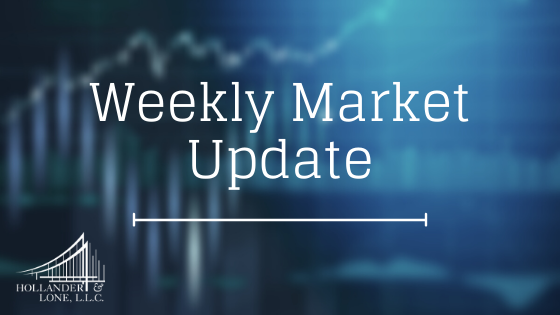
With US equities firmly in a bear market, even the most long-term investors are now looking ahead to when the selling may stop and where the S&P 500 Index might ultimately bottom. “Nobody knows exactly how this market bottom will play out,” said LPL Financial Senior Market Strategist Ryan Detrick. “However, using history as guide, we know markets tend to retest or even slightly break previous lows.”
We took a look at how markets have bottomed for two previous bear markets that show similarities to the current sell-off, in terms of speed and magnitude. As shown in the chart below, following Black Monday, the largest single-day decline in the history of the S&P 500, the index rebounded modestly, before undercutting its lows about six weeks later. However, a look at the bottom panel shows that the momentum, or speed, of that move was significantly less extreme and markets went on to rally, ultimately eclipsing the 1987 peak less than two years later.

The 2008-2009 financial crisis tells a similar story. While the S&P 500 Index didn’t ultimately reach its low until March 2009, most stocks actually bottomed during the fall 2008, following the collapse of Lehman Brothers. Even though the S&P 500 undercut the October lows by a full 10%, this divergence, similar to the momentum observed in 1987, shows that things were improving under the surface even if the price of the index didn’t yet reflect it.

It may be too early to say that the initial leg of our current decline is done, but certainly we have seen extreme fear and a historic decline in markets. One positive—the S&P 500 has yet to close below its December 2018 lows. Soon it may be time to start hunting for signs of a bottom.
IMPORTANT DISCLOSURES
This material is for general information only and is not intended to provide specific advice or recommendations for any individual. There is no assurance that the views or strategies discussed are suitable for all investors or will yield positive outcomes. Investing involves risks including possible loss of principal. Any economic forecasts set forth may not develop as predicted and are subject to change.
References to markets, asset classes, and sectors are generally regarding the corresponding market index. Indexes are unmanaged statistical composites and cannot be invested into directly. Index performance is not indicative of the performance of any investment and do not reflect fees, expenses, or sales charges. All performance referenced is historical and is no guarantee of future results.
Any company names noted herein are for educational purposes only and not an indication of trading intent or a solicitation of their products or services. LPL Financial doesn’t provide research on individual equities. All information is believed to be from reliable sources; however, LPL Financial makes no representation as to its completeness or accuracy.
This Research material was prepared by LPL Financial, LLC.
Securities and advisory services offered through LPL Financial (LPL), a registered investment advisor and broker-dealer (member FINRA/SIPC).
Insurance products are offered through LPL or its licensed affiliates. To the extent you are receiving investment advice from a separately registered independent investment advisor that is not an LPL affiliate, please note LPL makes no representation with respect to such entity.
If your representative is located at a bank or credit union, please note that the bank/credit union is not registered as a broker-dealer or investment advisor. Registered representatives of LPL may also be employees of the bank/credit union.
These products and services are being offered through LPL or its affiliates, which are separate entities from, and not affiliates of, the bank/credit union. Securities and insurance offered through LPL or its affiliates are:
- Not Insured by FDIC/NCUA or Any Other Government Agency
- Not Bank/Credit Union Guaranteed
- Not Bank/Credit Union Deposits or Obligations
- May Lose Value
For Public Use – Tracking 1-969215

